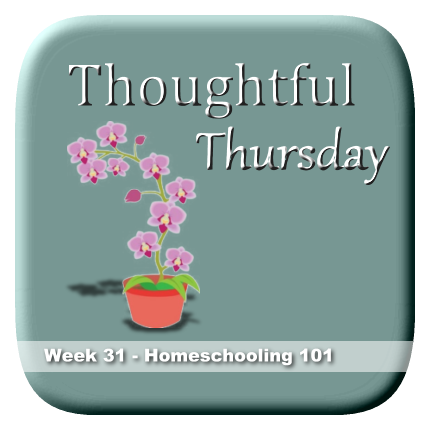Children fall into two categories: those who like school and those who hate school. The reason why some children hate school is because traditional classroom environments do not cater to their learning style.
That is why Mark Twain wrote, “I’ve never let my schooling interfere with my education.”
A book I possess, treasure and refer to on a regular basis is Cathy Duffy’s “101 Top Picks for Homeschool Curriculum.” Here is a summary of chapter four, on learning styles.
As a homeschooling teacher, you will make your life easier when you grasp three concepts:
A. Learning modalities
B. Learning styles
C. Teaching styles
A. Learning modalities
There are three types of sensory input, or learning modalities:
- auditory (hearing)
- visual (seeing)
- kinesthetic (feeling or experiencing with one’s body)
People lean toward one more heavily than the others. Modalities help, but they are a bit too simplistic, even if you realize your child is 75% kinesthetic and 25% auditory. That’s where learning styles come in.
B. Learning styles
A learning style is the way a person most easily learns and processes new information or skills. A preschooler does not have a learning style yet and a five-year-old might change his learning style by the time he is ten. Up on your toes you go!
There are four learning styles:
- Wiggly Willy (WW)
- Perfect Paula (PP)
- Competent Carl (CC)
- Social Sue (SS)
Don’t worry about male/female names. Focus on characteristics. A girl can be a Wiggly Willy and a boy can be a Social Sue.
Wiggly Willy would rather play and have fun than work. He dislikes paperwork and record keeping. He leans toward the fine arts, physical education and activity-oriented classes. This student must be taught using hands-on activities, multi-sensory audio-visual aids, short, dynamic presentations and learning games. Variety is key.
Perfect Paula likes planning and following schedules. She is not very good at coming up with creative ideas. She gets upset easily when others don’t cooperate. PP is more comfortable with “cut and dry” subjects than those which require exploration with no clear answers. Best methods for this child: workbooks, consistent structure, lectures that follow an outline, drill and review, and time to prepare for any discussion (remember, she has a hard time with creativity).
Competent Carl likes to be in control. He thinks and acts logically and has trouble understanding others’ feelings and emotions. He prefers math and science rather than language arts. Methods to use with CC: independent work, logically organized lessons, clear sense of purpose for lessons, long-term projects, problem solving, brainstorming.
Sociable Sue worries about what other people think. She is idealistic and interested more in general concepts rather than details. Social Sue prefers language arts, social studies and fine arts. When teaching SS, use real books, unit studies, discussions, social interaction, public presentations and situations where she is personally recognized and valued. Sociable Sue needs repetition for detail and help with self-discipline.
C. Teaching styles
Think about how you like to learn. That’s also the way you like to teach. The above four learning styles apply to teachers as well. In His wisdom, God gives a Sociable Sue daughter to a Perfect Paula mother to help both of them develop their characters. Don’t you love it!
Winning Formula
Put learning modalities together with learning styles for a winning formula. An example should help. Your child might be a kinesthetic Sociable Sue. As such, she prefers more project-oriented learning. If you had an auditory Sociable Sue, she will lean toward sedentary, read-aloud activities.
So should we pamper our children by catering to their learning styles and modalities and never push them outside their comfort zone? Not at all. Use your knowledge of their particular learning style to introduce new and difficult subject matter. Once they have grasped a concept, use other more challenging methods. Case in point: a very active Wiggly Willy can learn math by using objects, without paper and pencil. Once he has mastered a concept, have him do a worksheet of review and practice.
Teach to their strength and review through their weakness, thus helping them grow not just academically, but in self-discipline as well.
Your next job is to match learning styles to curricula and fine tune the motivation process.
Finally, if you have tried everything and your child still does not “get” it, he might have a learning disability. Your local homeschool support group can recommend a professional in your area who will help you determine what is going on.
For extra credit, read Mariaemma Willis and Victoria Kindle Hodson’s book: “Discover Your Child’s Learning Style.”
Leave me a comment below about your experience with learning styles. Have you figured out your child’s learning style yet?
